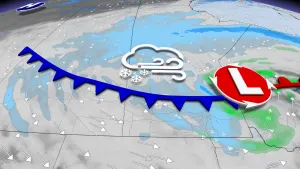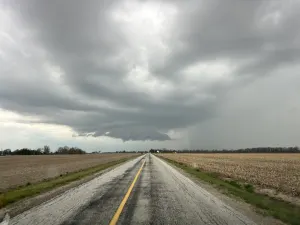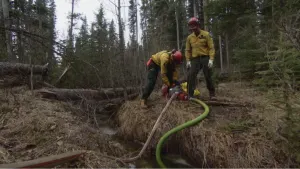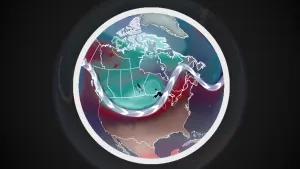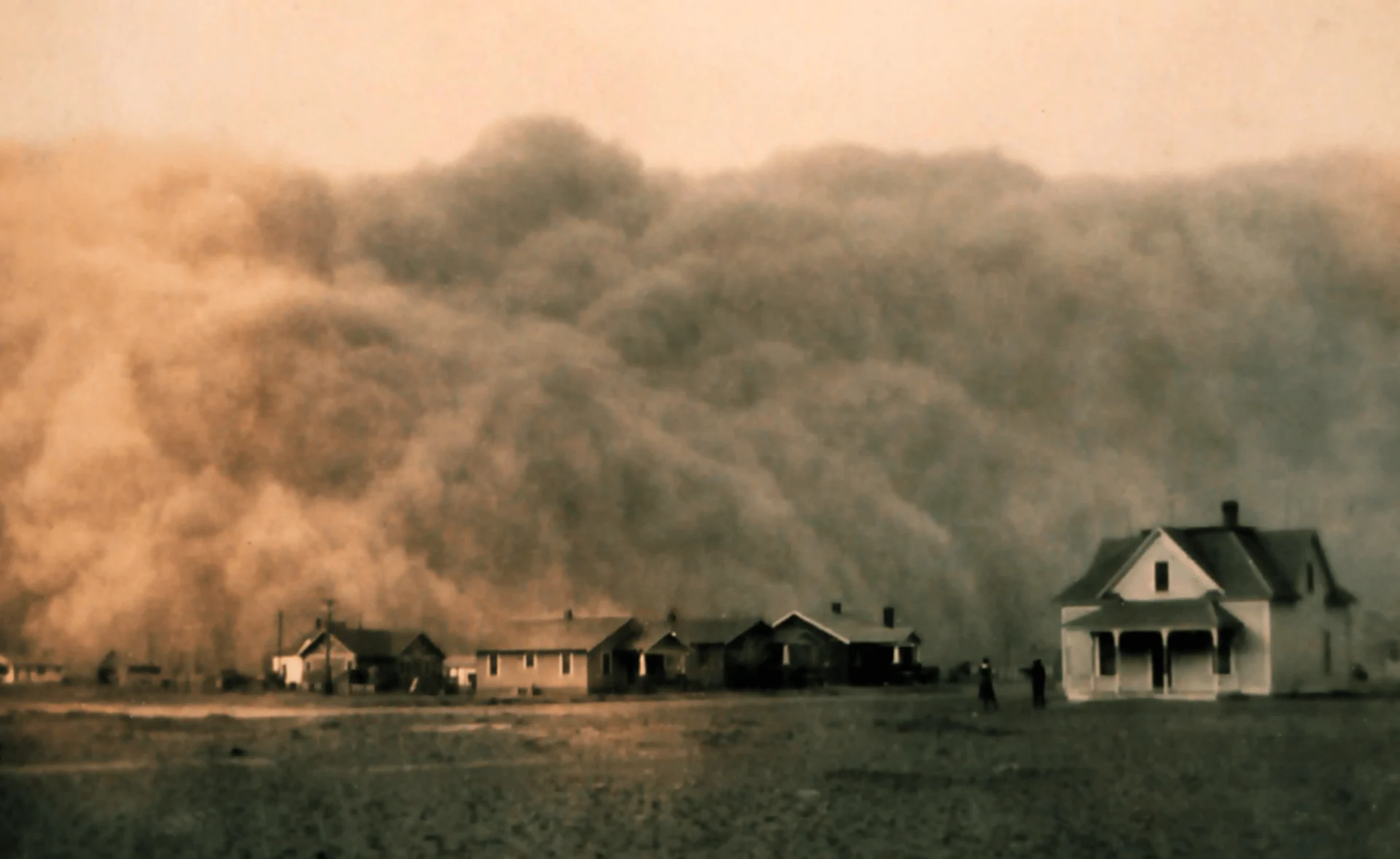
How improper farming methodology and drought caused the catastrophic Dust Bowl
This Day In Weather History is a daily podcast by Chris Mei from The Weather Network, featuring stories about people, communities and events and how weather impacted them.
--
On Friday, May 11, 1934, tons of topsoil blew from the Great Plains region of the United States all the way to New York, Boston, and Atlanta.
This was an event associated with the Dust Bowl.
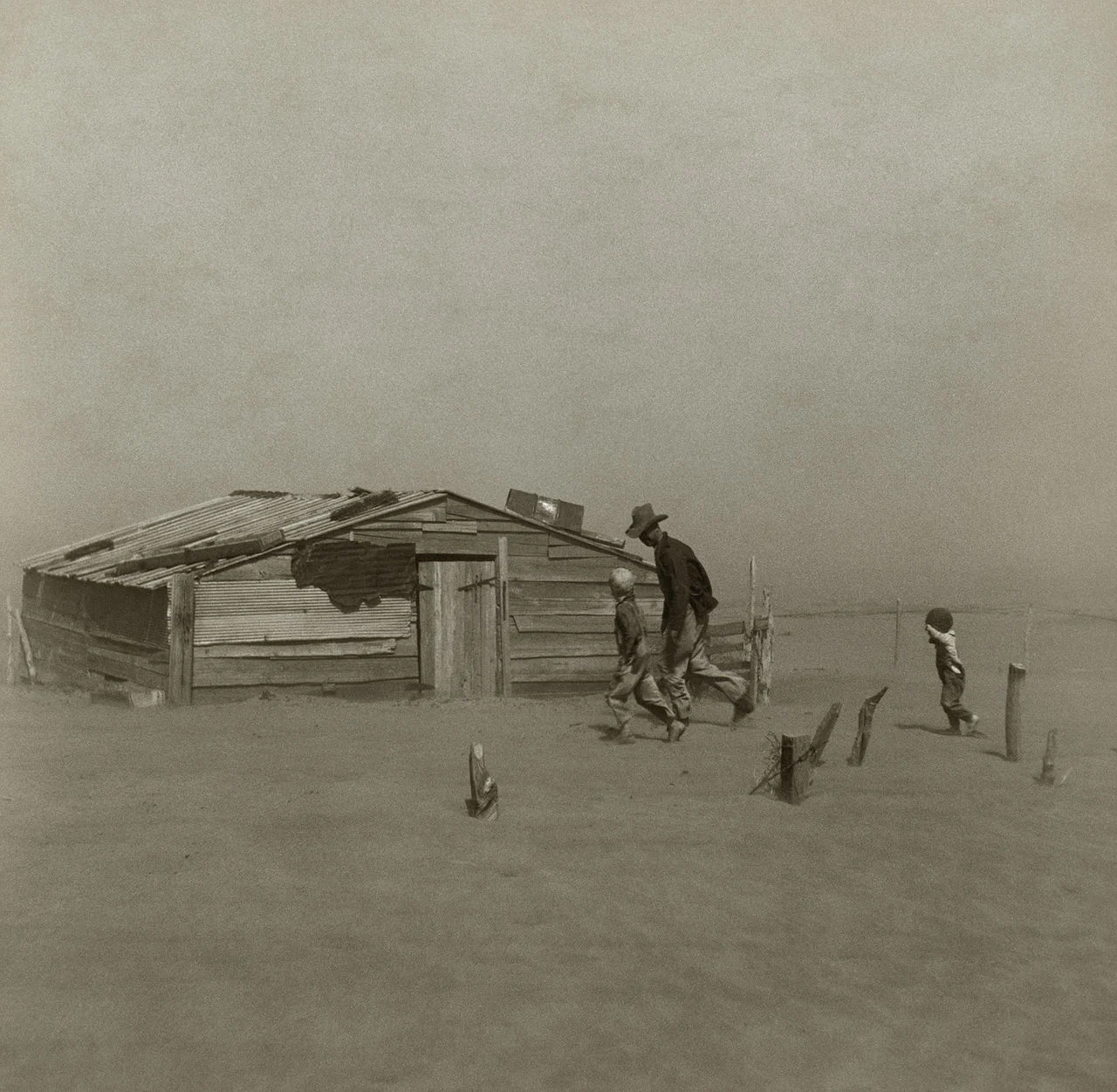
"A farmer and his two sons during a dust storm in Cimarron County, Oklahoma, April 1936. Iconic photo taken by Arthur Rothstein." Courtesy of Wikipedia
The Dust Bowl was a series of severe dust storms during the 1930s. It was caused by the combination of drought and inaccurate farming methodology. Farmers deeply plowed the virgin topsoil of the Great Plains, which displaced the native grass that usually traps soil and moisture during droughts and heavy winds.
Farmers were able to widely convert arid grassland to cropland with new technologies like gasoline-powered tractors.
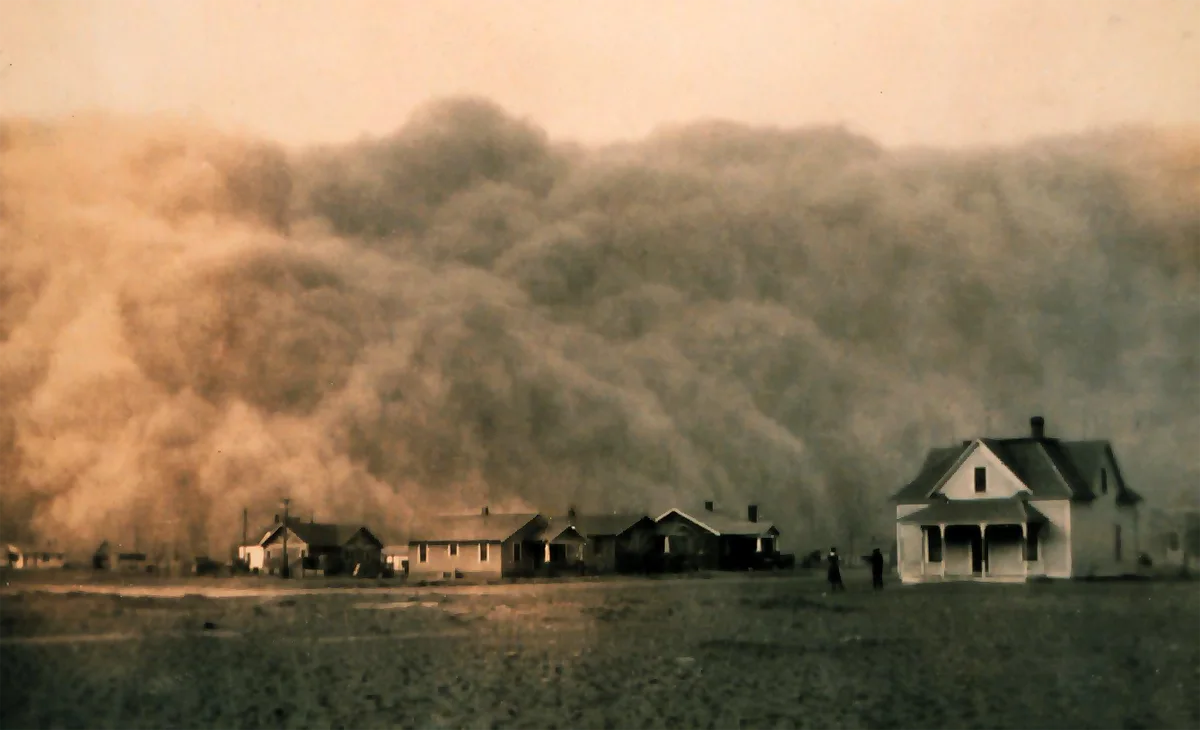
"A dust storm approaches Stratford, Texas, in 1935." Courtesy of Wikipedia
During the 1930s drought, the plowed soil turned to dust. Winds blew that dust that created large blackout clouds. The dust clouds were nicknamed "black blizzards" and "black rollers."
Click here to subscribe to This Day in Weather History
The black blizzards travelled as far east as New York City. The dust plumes reduced visibility to one meter.
Edward Stanley, an editor for the Associated Press, was rewriting another reporter's coverage of the storm and coined the term "Dust Bowl".
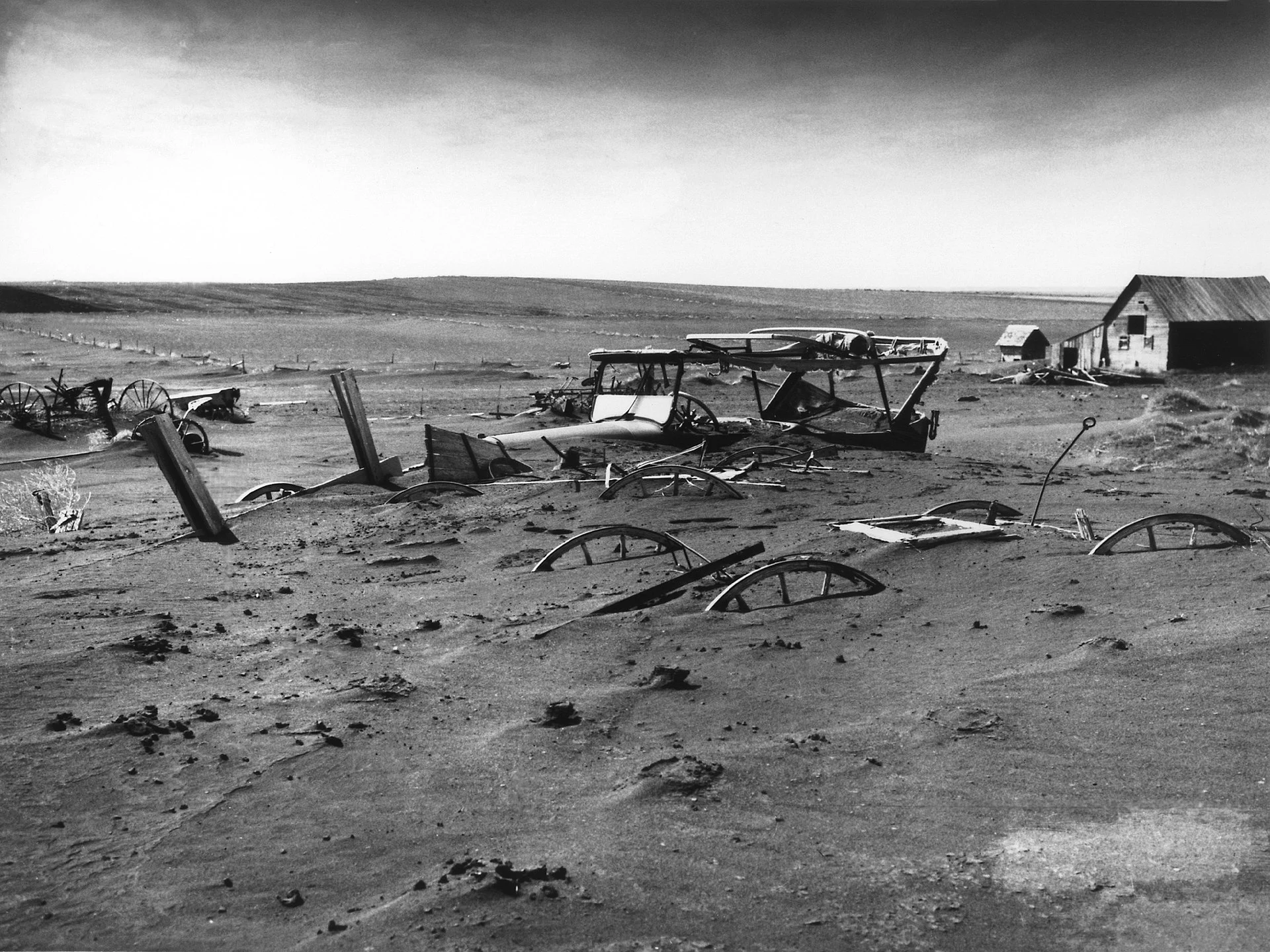
"Buried machinery in a barn lot; Dallas, South Dakota, May 1936." Courtesy of Wikipedia
The impacts of the catastrophic conditions were exasperated by the Great Depression. In 1935, the drought caused families to leave their farms and move to other areas to seek work. Areas in Texas, Oklahoma and other areas in the region were deserted because of the Dust Bowl conditions.
The dust storms left more than 500,000 Americans homeless. Some residents in the Great Plains areas died from dust pneumonia or malnutrition.
The Dust Bowl has been featured in cultural work such as the novel The Grapes of Wrath (1939) by John Steinbeck.
To learn more about the Dust Bowl, listen to today's episode of "This Day In Weather History."
Subscribe to 'This Day in Weather History': Apple Podcasts | Amazon Alexa | Google Assistant | Spotify | Google Podcasts | iHeartRadio | Overcast'
Thumbnail: "A dust storm approaches Stratford, Texas, in 1935." Courtesy of NOAA






